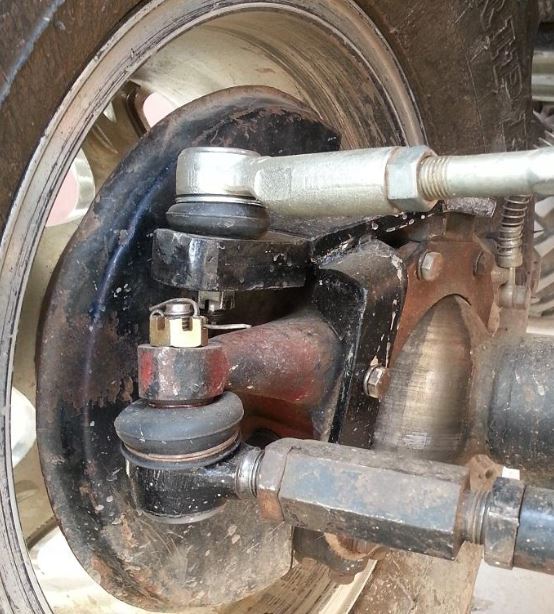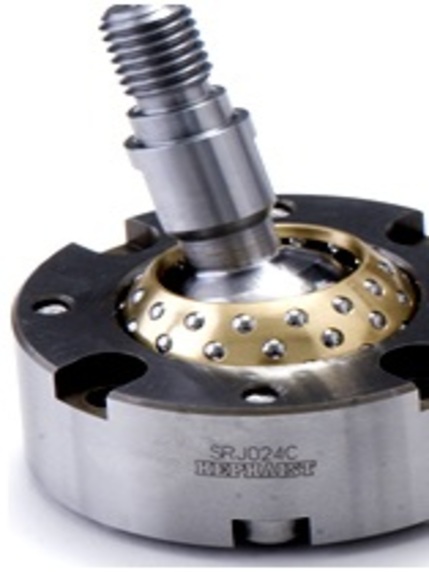Summary
– Operation of the steering ball joint
– Ball joint: what about its wear?
– Checking your steering ball joint
The steering ball joint connects the wheel to the end of each rack and pinion rod in your car’s front axle assembly (or on each steering gear).
It is used to transmit the steering motion to steer the wheels and thus to turn. This post talks about the operation of the steering ball joint and its maintenance.
Operation of the steering ball joint
A patella is a semi-spherical or conical shaped part responsible for transmitting a collective movement. At the origin of the control, the steering wheel operates the steering shaft, which, coupled to the rack, allows to operate the connecting rods to turn the steering wheels symmetrically:
– To make the connection between a horizontal connecting rod and a wheel placed at its perpendicular, the hub carrier (or stub axle carrier) is equipped with an arm ending in a pierced loop.
– It is in this housing that the ball joint is installed to allow, thanks to its rounded shape, to push the wheel inwards or outwards around the hub pivot with the least mechanical stress.
– The plain spherical bearings are lubricated for life and have a service life of more than 100,000 km.
Steering knuckle: what about its wear?

Although it is a significant part of the steering pattern, a steering ball joint is not a part that will wear out quickly.
It should be checked either as a precautionary measure after 100,000 km or following unusual vehicle behavior.
Possible causes of ball joint wear
Urban use, as is often the case in mechanics, will wear out the steering elements more than highway use:
– In the city, the vehicle has to steer at a standstill or at low speed (slots, maneuvers…), which implies a higher load applied to the front train and, therefore, to the steering components.
– Shocks against the sidewalk or following a separation passage are also higher; besides, there are cases of steering lock where the wheel remains blocked against an obstacle (forcing on all parts from the power steering motor to the ball joints).
Consequences of ball joint wear
Even if it remains infrequent, however, great attention must be paid to its wear and tear because a damaged ball joint can have obvious consequences on the safety of the vehicle:
– The first signs will generally start with a slight play or blur in the direction that will become more pronounced over time – sometimes with vibrations – both in curves and straight lines.
Then, the road handling will gradually deteriorate with a less and less precise vehicle in its movement.
– These inconveniences can sometimes be accompanied by noticeable tire wear.
– Finally, in the most severe cases, the patella may deteriorate to the point of jumping out of its housing and render the steering inoperative on the wheel concerned.
Checking the steering ball joint
A steering ball’s play cannot be evaluated as long as the suspension shaft is under load. Therefore, the vehicle or the front axle must be lifted to relieve the load:
– The play is then evident when pulling the steering wheel. But beware, modern suspension systems require specific maneuvers for its detection (due to shock absorber compressions, among other things).
Therefore, it is advisable to contact a professional for a real diagnosis because he will disassemble the part for its evaluation.
Good to know: whatever the process used, the ball joints should be replaced in pairs to ensure the steering’s mechanically symmetrical operation.
It is highly recommended to proceed to a geometry or parallelism check, most commonly known as wheel alignment, following the replacement/repair of any steering or suspension component.
Hope the above helps you out. Next time the mechanic talks about the ball joint with you, you’ll know what it is for.


1 comment
[…] What is the Steering Ball Joint in a Car […]